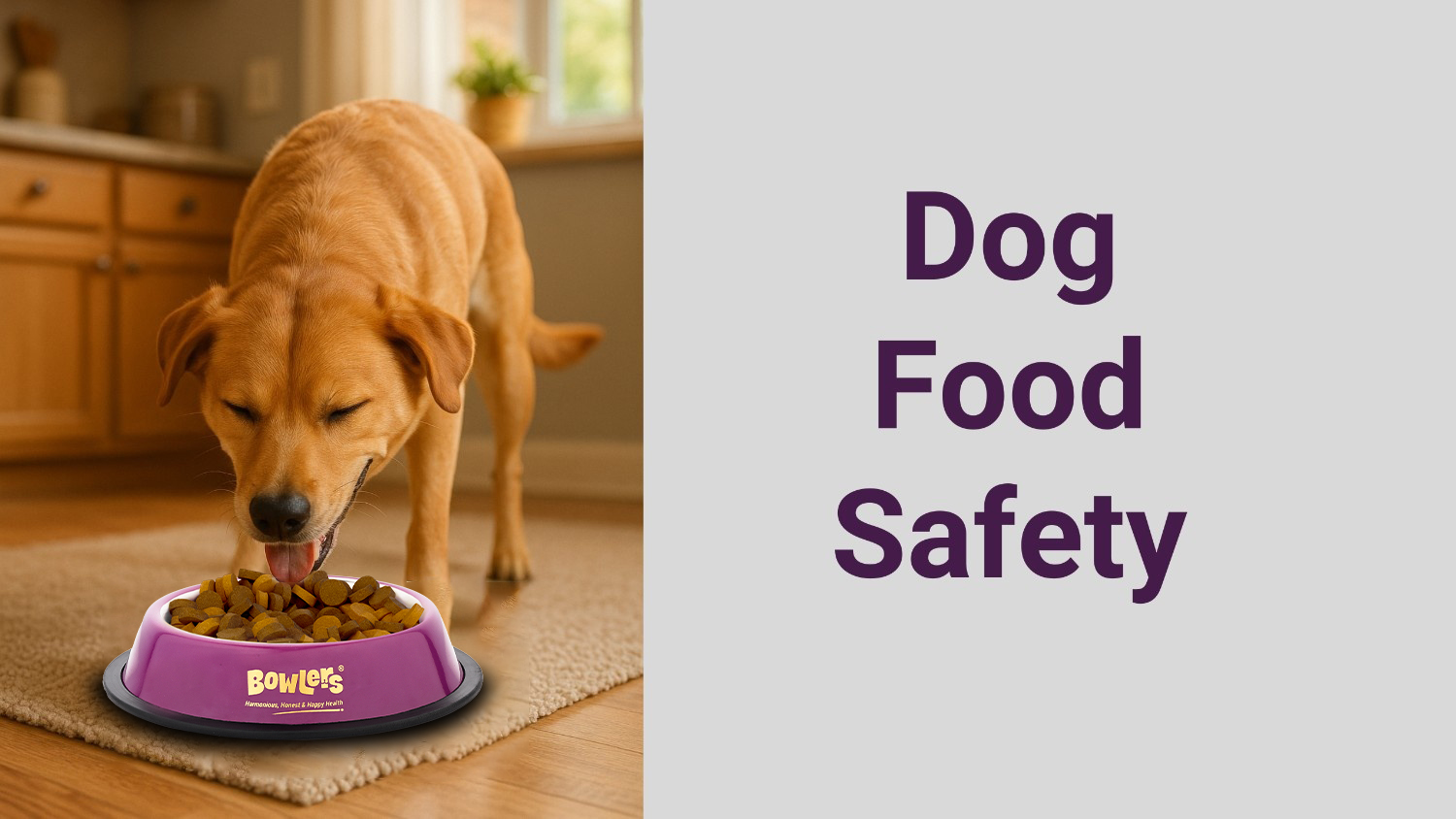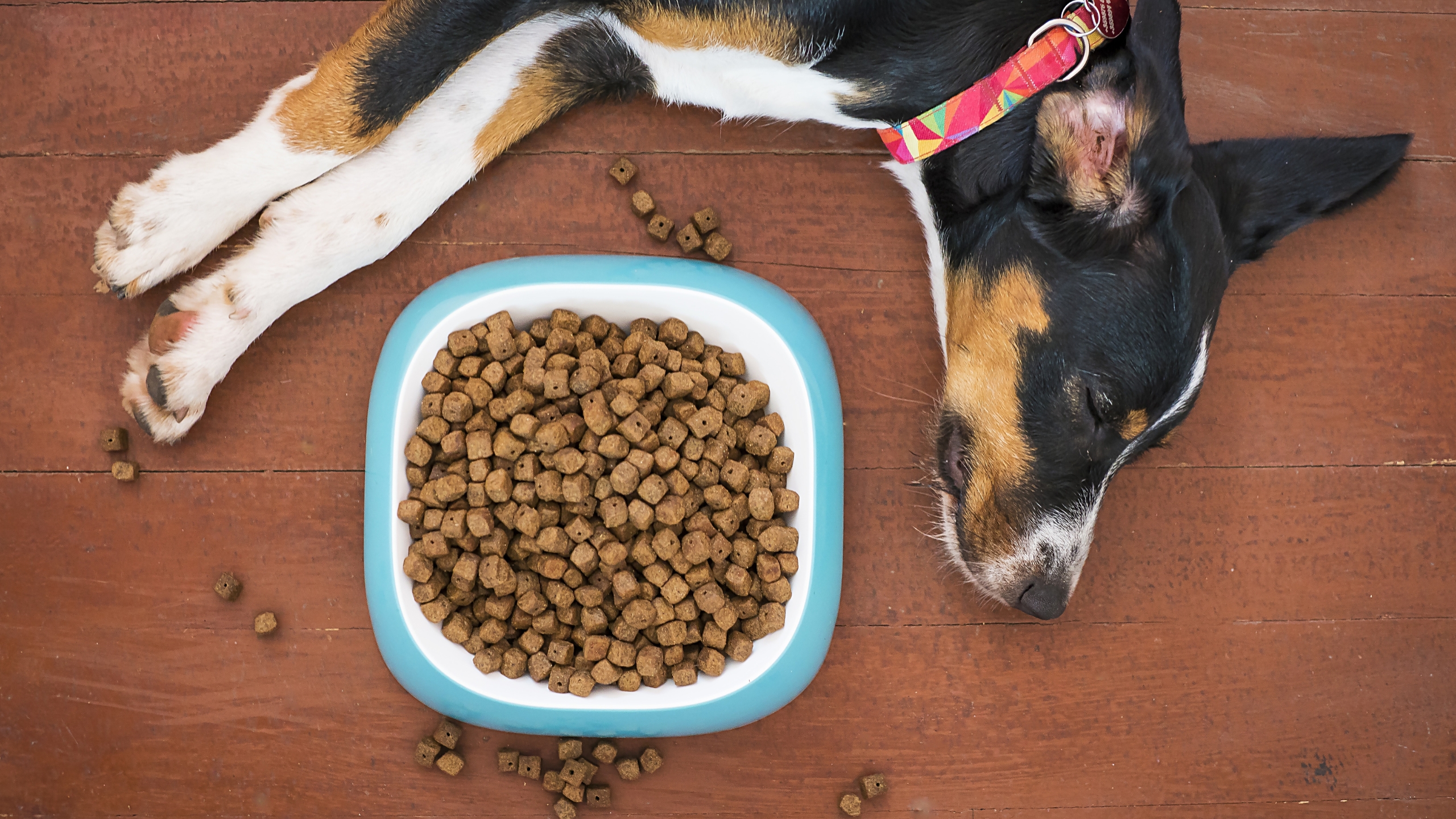How to Transition Your Dog to New Food Safely

A Step-by-Step 10-Day Method
Introducing a new food to your dog can be like walking a tightrope; one mistake could lead to digestive problems like vomiting, diarrhea, or food refusal. Don’t worry, though; we have a tried-and-true technique that will enable you to safely and smoothly introduce a new food to your dog in as little as ten days.
The Importance of Slow Transition
Your dog’s gut microbiome may be upset by a sudden change in diet, which could cause bloating, loose stools, upset stomach, or even outright food rejection. Dogs thrive on routine, and their diet is no exception. To allow your dog’s digestive system to acclimate to new foods, flavors, and textures, gradual transitioning is crucial.
Pre-Transition Tips (Start 2 Days Before)
Allow your dog’s system two days to get ready before starting the switch:
- Hydrate the food: To your dog’s existing kibble, add a small amount of warm water. This facilitates digestion, makes food easier to eat, and keeps you hydrated.
- Use New Food as Treats: Throughout the day, give tiny bits of the new kibble as treats. This avoids surprise or rejection later on and helps your dog become accustomed to the new taste.
Before the actual change starts, these preliminary measures act as a mild warm-up for your dog’s stomach.
10-Day Transition Schedule
A gradual transition schedule that reduces gastrointestinal distress is as follows:
Days 1–3: 25% New Food and 75% Old Food
Days 4–6: 50% New Food and 50% Old Food
Days 7–9: 75% New Food + 25% Old Food
Day 10: All-New Cuisine
The weight, age, breed, and activity level of your dog should all be taken into consideration when determining portion sizes. For instance, an adult Shih Tzu will need less food than an active Labrador.
What If Your Dog Gets Diarrhea?
Don’t worry if your dog develops diarrhea during the transition, which usually happens around Day 4. What to do is as follows:
- Pause the Transition – Before continuing, maintain the current food ratio for an additional one to two days.
- Add psyllium husk – For every 10 lbs of your dog’s body weight, use ¼ teaspoon. Psyllium husk aids in the gut’s absorption of extra moisture and is high in soluble fiber.
- Make sure the kibble is hydrated – Add enough water to make the kibble float, or at least ¼ cup. This facilitates digestion even more.
- Observe Poop – Every day, check the consistency of your dog’s feces. You can resume the transition from where you stopped once it’s back to normal.
You can continue adding psyllium husk daily if your dog has a sensitive stomach—it’s safe in small quantities and helps maintain firm stools.
Bonus Tips: Avoid Common Transition Mistakes
To guarantee a more seamless transition, steer clear of these typical mistakes:
- Avoid combining several new foods at once. One new brand or formula at a time should be followed.
- Ignore the myth about pumpkins. When it comes to firming up stools, psyllium husk is frequently more dependable.
- Examine the labels of the ingredients. Make sure your dog won’t be harmed by any allergens or irritants.
- Take your time. It’s acceptable to extend the time if your dog has trouble with any of the stages.
Signs the New Food Is Working Well
Keep an eye out for these encouraging indicators as you move through the transition:
Firm, healthy stools
- Enhanced vitality and attentiveness
- Enhanced sheen of the coat
- Increased excitement and appetite during mealtimes
Consult your veterinarian if your dog exhibits any symptoms of discomfort, such as vomiting, persistent itching, or sluggishness. It might be a sign of a food intolerance or allergy.
It doesn’t have to be difficult to switch your dog’s diet. You can safely and mess-free introduce your dog to a healthier diet with this simple 10-day plan, patience, and the help of natural supplements like psyllium husk.
A smooth transition protects your dog’s digestive system and guarantees that the new food will have long-term health benefits. Keep in mind that the (tail-wagging) race is won by slow and steady!

